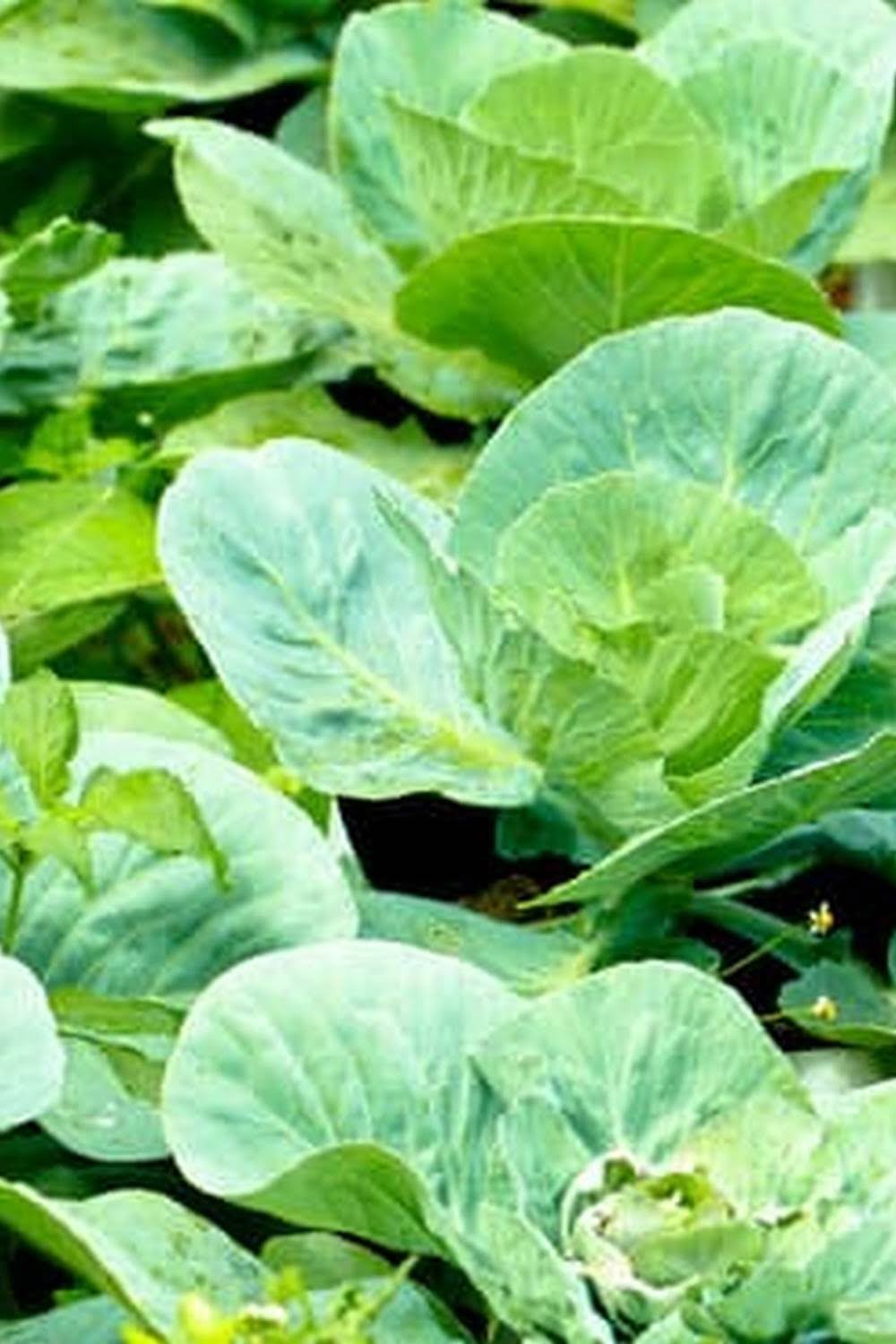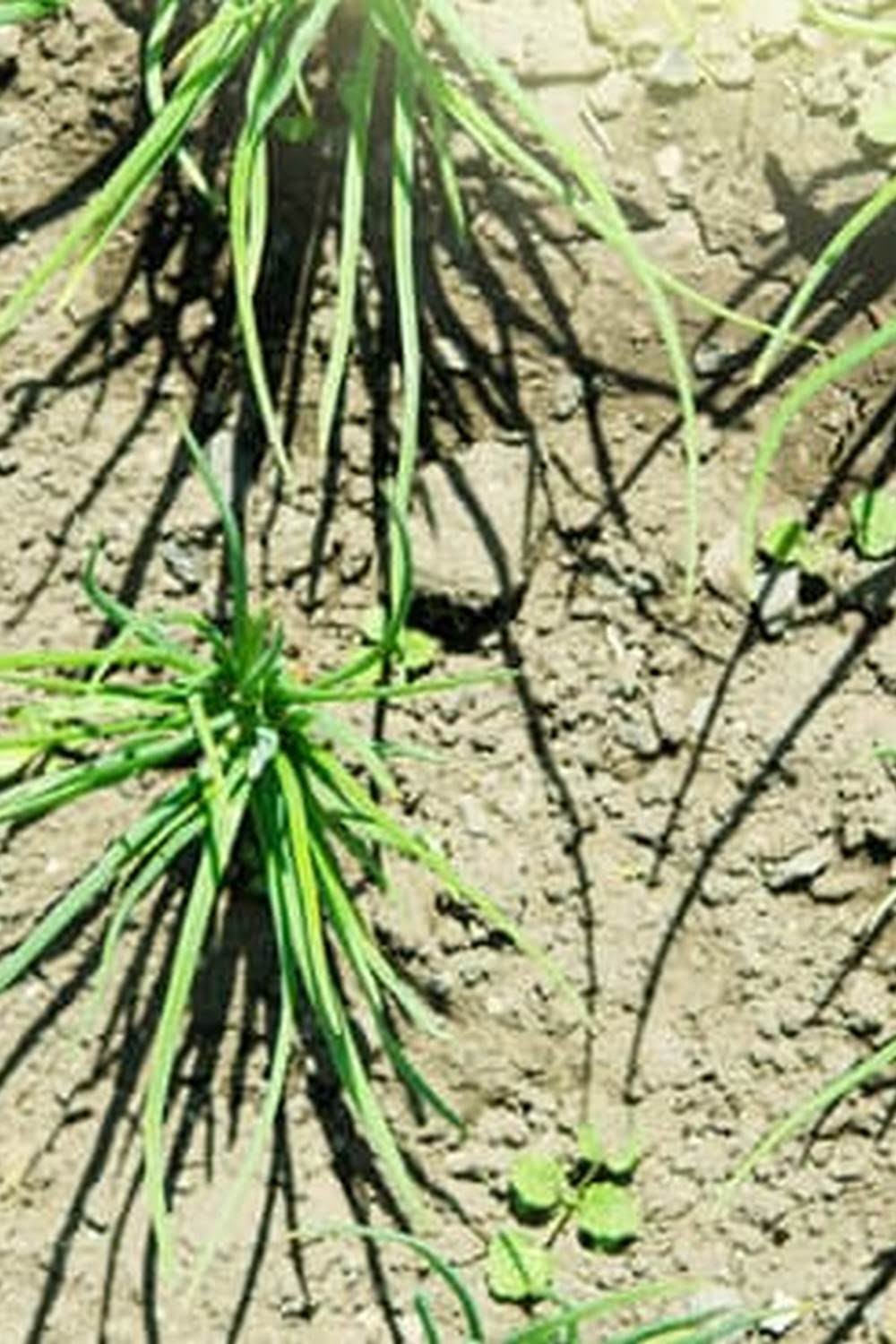How To Prepare A Vegetable Garden Bed
There are a few things you need to take into consideration before starting your vegetable garden:
1. The location of your garden – it should get plenty of sunlight (at least 6 hours per day) and be in a relatively sheltered spot, away from strong winds.
2. The type of soil you have – vegetable gardens need rich, fertile soil that is well-drained. If your soil is not suitable, you can improve it by adding compost or organic matter.
3. The size of your garden bed – it’s best to start small, especially if you’re new to gardening, and then expand as you get more experienced.
Now that you know what you need to take into account, let’s take a look at how to prepare a vegetable garden bed:
1. Decide on the layout of your garden bed. You can either use a straight line layout, or a more informal ‘bed and board’ layout.
2. Mark out the boundaries of your garden bed with stakes and string.
3. Remove any weeds or debris from the area and then use a hoe to break up the soil.
4. Add compost or organic matter to the soil and mix it in well.
5. Dig a hole for each plant and then add soil to the hole.
6. Gently firm the soil around the plant and then water well.
7. Repeat the process until your garden bed is full.
And that’s it – you’re ready to start planting!
How To Start A Vegetable Garden Raised Bed
Are you interested in starting a vegetable garden, but don’t have the space or ability to till up a large area of your yard? A raised bed vegetable garden may be the perfect solution for you!
A raised bed is simply an elevated garden bed, usually made out of wood or cinder blocks. They can be as small or large as you like, and can be placed almost anywhere – in a sunny spot in your yard, on a patio, or even on a rooftop!
The great thing about raised bed gardens is that they are easy to build and easy to maintain. They also provide excellent drainage and soil aeration, which is important for healthy vegetable plants.
If you’re ready to start your own raised bed vegetable garden, here are a few tips to get you started:
1. Choose the right spot.
When choosing a spot for your raised bed garden, make sure to take into account the amount of sunlight the area receives. Most vegetables need at least six hours of sunlight per day.
2. Choose the right materials.
There are a variety of materials you can use to build your raised bed, including wood, cinder blocks, or concrete blocks. If you choose wood, make sure to use a rot-resistant type, such as cedar or redwood.
3. Size matters.
When deciding on the size of your raised bed, keep in mind the types of vegetables you want to grow. Smaller vegetables, like lettuce and spinach, can be grown in a bed as small as 4’x4′, while larger vegetables, like tomatoes and peppers, will need a bed at least 8’x8′.
4. Prepare the soil.
Before you start planting, it’s important to prepare the soil in your raised bed garden. Add a layer of compost or manure to the bottom of the bed, then mix in a handful of organic fertilizer per square foot of bed area.
5. Plant your vegetables.
Once the soil is prepared, it’s time to start planting! Be sure to follow the instructions on the seed packets to determine the correct spacing for your vegetables.
6. Keep your garden healthy.
To ensure a healthy vegetable garden, be sure to water your plants regularly and weed the bed regularly. You may also want to add a layer of mulch to the bed to help suppress weeds and retain moisture.
With a little bit of preparation, you can have a beautiful and productive raised bed vegetable garden in no time!
3 Bed Vegetable Garden Rotation
One of the most important things you can do for your vegetable garden is to rotate your crops. By rotating your crops, you are helping to prevent soil depletion and pest infestations. You are also helping to ensure that your plants are getting the right nutrients.
There are many different ways to rotate your crops, but one of the easiest ways is to use a 3-bed rotation. With a 3-bed rotation, you have three beds that you rotate your crops through.
The first bed is used for planting your winter crops. The second bed is used for planting your spring crops. And the third bed is used for planting your summer crops.
At the end of the season, you rotate the crops so that the winter crops are in the first bed, the spring crops are in the second bed, and the summer crops are in the third bed.
This rotation helps to ensure that your plants are getting the right nutrients, because each bed is used for a different type of crop. The winter crops will help to add nitrogen to the soil, the spring crops will help to add phosphorus to the soil, and the summer crops will help to add potassium to the soil.
Rotating your crops is also a great way to prevent soil depletion and pest infestations. By rotating your crops, you are preventing the pests from getting a foothold in your garden. You are also preventing the pests from getting used to the crops that you are growing.
A 3-bed rotation is a great way to get started with crop rotation. It is easy to follow, and it helps to ensure that your plants are getting the right nutrients.
Vegetable Garden Bed Dimensions
When planning your vegetable garden, the size of the garden bed is an important consideration. The dimensions of the bed will determine how much space you have to plant vegetables, as well as the shape and size of the bed.
The most common garden bed dimensions are 4’x8′, 4’x10′, and 4’x12′. These dimensions allow for a variety of vegetable planting configurations. For example, you can plant a row of vegetables down the middle of the bed, with two rows of vegetables on either side.
If you have a limited amount of space, you can also consider using a raised garden bed. Raised garden beds are elevated above the ground, which allows you to plant vegetables in a smaller area. The most common raised garden bed dimensions are 2’x4′, 2’x6′, and 2’x8′.
No matter what size garden bed you choose, be sure to plan out the layout of your vegetables ahead of time. This will help you make the most of the space you have available and ensure that you are planting the vegetables that will produce the most food.
Easy Raised Vegetable Garden Beds
The hardest part of having a vegetable garden is often the initial setup: tilling the soil, laying down weed cloth and plastic, and building the raised beds. But once your garden is up and running, it’s easy to maintain, especially if you use raised vegetable garden beds.
Raised beds are simply elevated garden plots, usually made of wood, that hold your soil in place and make it easier to work the garden. They also help to warm up the soil earlier in the spring and keep it warmer later into the fall, which can extend your growing season.
To build your own raised beds, you’ll need:
-4×4 lumber (enough to make four beds, each 16 inches wide)
-Stakes (optional, for securing the beds to the ground)
-Saw
-Drill
-Tape measure
-Level
-Paint or sealant (optional)
1. Cut the lumber into 16-inch pieces using a saw.
2. Drill holes in the 4x4s at each end, about 2 inches from the top and the bottom.
3. Connect the 4x4s together using the stakes, if desired.
4. Mark the location of the beds on the ground, using a level to ensure they are perfectly straight.
5. Dig out the area for the beds, making sure to remove any rocks or roots.
6. Add soil to the beds, and mix in compost or other organic matter to improve the soil quality.
7. Plant your vegetables, and enjoy your easy-to-maintain vegetable garden!

If you’re looking to get into vegetable gardening, or are just looking for some tips on how to make your current garden better, then you’ve come to the right place! My name is Ethel and I have been gardening for years. In this blog, I’m going to share with you some of my best tips on how to create a successful vegetable garden.





